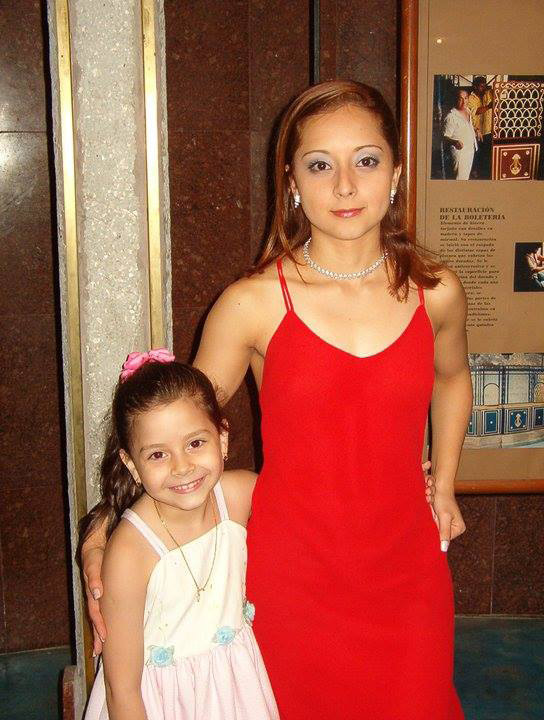In Venezuela, people are usually categorized by their gentilicio, or demonym, a word that identifies residents or natives of a particular geographic place and is usually derived from the name of that place.
People from Maracaibo are called Marabinos/as or Maracuchos/as. The difference between these two usually lies in language use: Maracucho/a is usually reserved for people that use slang and bad words all the time. Contrary to Maracuchos, Marabinos are more sophisticated. You’re from Maracaibo but your speech is formal.
In school, we were taught how to speak formally. I knew that I couldn’t address my teachers in the same way that I addressed my friends. While I used usted, the formal version of “you” for people older than me, I used vos, the informal version of it, for my friends, siblings, and even my parents.
Bad words in Maracaibo are used differently than in other parts of Venezuela. For us, they’re part of our informal speech. We use them with friends and family alike. In fact, we maracuchos are recognized in Venezuela because of our dialect. People from the other side of the country can hear us talk and identify where we come from. Language distinctions play a huge role in Venezuelan culture and city-built social identities.

Lorvelis and Loraine in June of 2003. Photo from author.
Whereas in Venezuela I was different from others because I was a Maracucha, in the U.S. I’m different because I’m white, Hispanic, and Latina. I do not mean to say that racism doesn’t exist in Venezuela. Was I privileged? Perhaps. The only instances in which I had to state explicitly that I considered myself white was during surveys and questionnaires given out at school. It wasn’t until I got to the U.S. that I was called “white” on a regular basis.
In my Venezuelan university, we didn’t have a cafeteria. I had no idea how to get food from the buffet station at the cafeteria. I figured it was self-serve, and I grabbed a plate. When I got to the buffet, I realized there was a lady serving the food. I held onto my plate and tried to give it to her:
Lorvelis: Hello Miss, can I have some…
Cafeteria Lady: Don’t give me the plate, I’ll give you one.
Lorvelis: Oh, I’m sorry, I didn’t know that’s how it worked.
Cafeteria Lady: You think that because I’m black I’m going to poison your plate or something if I touch it? You white people have some twisted ideas about us blacks.
I grabbed my food and walked away. It took me a couple of months to become acquainted with the “one drop rule” and to understand that while in Venezuela we have numerous color categories, in the U.S. you’re either white or black. That liminal stage that we call moreno and trigueño does not exist in the U.S.
My experience with stereotypes has been quite different from yours. People usually think that I’m from Eastern Europe. Not because of how I look, anyone could be from Eastern Europe and have my same skin color. Usually people ask me where I’m from because of my accent. When I reply saying that I’m Latina and from Venezuela they often say that my accent does not resemble that of Latinos/Hispanics. Now, I don’t know if this is because most people believe that we all speak English like Sofia Vergara does in Modern Family. I feel like there’s a big misconception in the U.S. about how Latinos/Hispanics look and how we talk.”
 NOLAbeings Multimedia artist Claire Bangser created NOLAbeings as a portrait-based story project that marries...
NOLAbeings Multimedia artist Claire Bangser created NOLAbeings as a portrait-based story project that marries...  Voodoo in New Orleans: Reviving history: New Orleans fortune telling This article takes a deep dive into the history of Voodoo in New Orleans, its hybridization with Catholicism, and its present-day place in the city's culture. The author visits fortune-tellers in the French Quarter, using their guidance as a tool for introspection rather than a deterministic predictor of the future. Through her experiences in New Orleans, the author feels a mystical connection to both the past and the future.
Voodoo in New Orleans: Reviving history: New Orleans fortune telling This article takes a deep dive into the history of Voodoo in New Orleans, its hybridization with Catholicism, and its present-day place in the city's culture. The author visits fortune-tellers in the French Quarter, using their guidance as a tool for introspection rather than a deterministic predictor of the future. Through her experiences in New Orleans, the author feels a mystical connection to both the past and the future. 